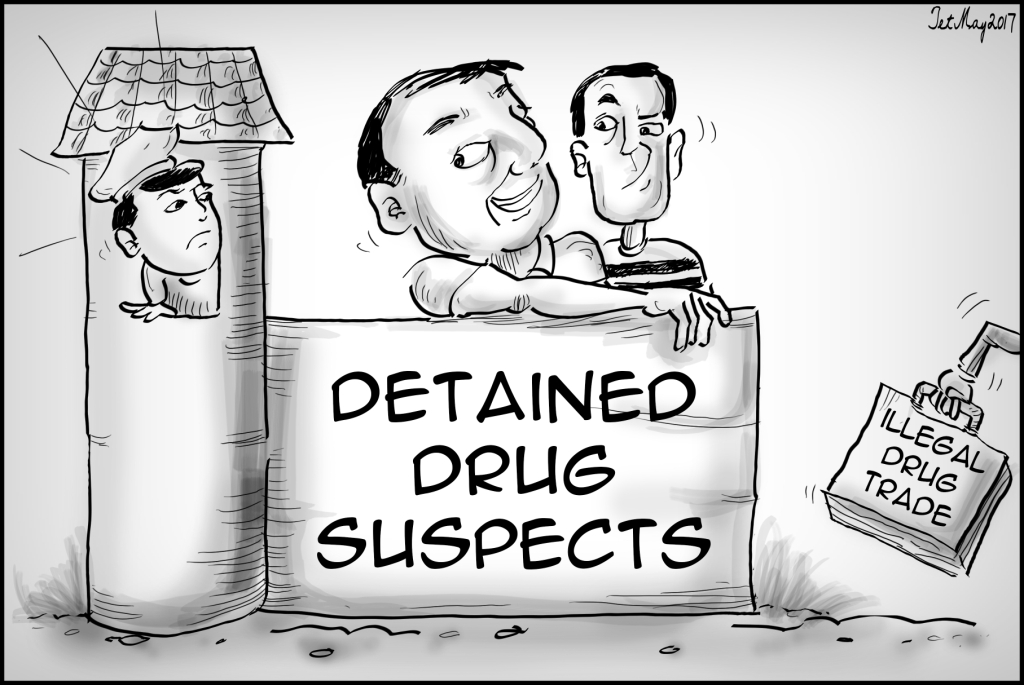
[av_one_full first min_height=” vertical_alignment=” space=” custom_margin=” margin=’0px’ padding=’0px’ border=” border_color=” radius=’0px’ background_color=” src=” background_position=’top left’ background_repeat=’no-repeat’ animation=”]
[av_heading heading=’EDITORIAL | Higher or lower?’ tag=’h3′ style=’blockquote modern-quote’ size=” subheading_active=’subheading_below’ subheading_size=’15’ padding=’10’ color=” custom_font=”][/av_heading]
[av_textblock size=” font_color=” color=”]
Wednesday, May 10, 2017
[/av_textblock]
[av_textblock size=” font_color=” color=”]
EVEN as most Filipinos preferred to keep the minimum age of criminal responsibility at 15 years old as shown by a recent Pulse Asia survey, Malacañang reiterated its position to bring it down to nine years old. In fact, it is part of President Duterte’s legislative agenda.
Will lowering the age of criminal responsibility solve crimes, most especially those involving juveniles? Doesn’t lowering the age limit of criminal liability reflect how our society treats our children and what kind of justice system we have? Will it resolve the underlying issues and root causes why children perform anti-social activities?
With lawmakers toeing the Palace’s line, there’s now bill in Congress seeking to lower the minimum age of criminal responsibility from 15 to nine. As more and more youngsters get embroiled in lawlessness, perhaps our legislators believe the proposal will curb crimes.
While we understand the concern on juvenile delinquency, lawmakers must also not ignore the fact that children are the most vulnerable sector in our society and have long been suffering from extreme poverty, hunger and homelessness among others. Children in conflict with the law are therefore, to a certain extent, victims of various social ills.
Child rights advocates see Congress’ plan as a punitive measure against children for this will know no distinction to them and to the special protection that they deserve. Children in conflict with the law should not be treated just like any ordinary criminals, they say, and treating young law offenders as criminals will surely result to bigger problems and will invite further cases of violence against children.
Statistics show that children in conflict with the law are often found in urbanized, congested and poverty-stricken communities. So, instead of focusing on how to punish these children, can’t the government explore ways on how it can provide programs to rehabilitate children in conflict with the law, such as facilitating their basic needs and those of their families?
Resolving basic issues in children education, health and nutrition, shelter for children, protection programs for children may somehow help pave the way for a more humane society, with less children going against the law.
[/av_textblock]
[/av_one_full]



